When we think of fast animals, gazelles and cheetahs often come to mind. However, many other animals surprise us with their impressive speed, far exceeding human capabilities. In this article, we’ll explore ten animals that can run faster than you might think, delving into how their speed aids their survival in the wild.
Pronghorn Antelope
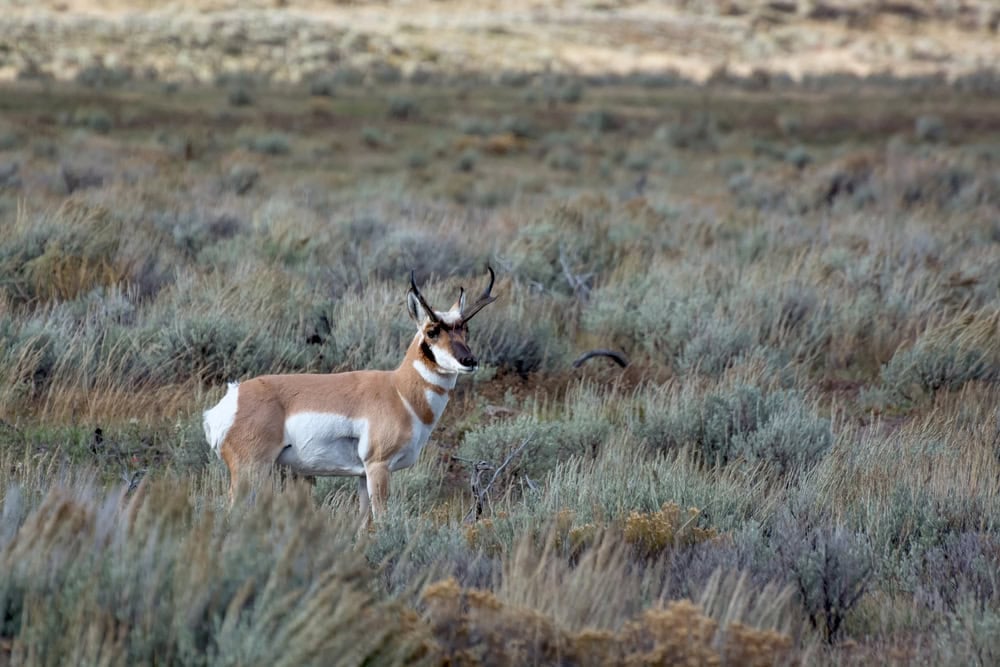
While overshadowed in media by cheetahs, the pronghorn antelope is a North American marvel. Found in plains and deserts, pronghorns can run at speeds up to 55 mph (88 km/h). This speed, just shy of the cheetah’s, is sustained over longer distances, making pronghorns one of the fastest long-distance runners in the animal kingdom.
Ostrich

The ostrich, the world’s largest bird, is surprisingly swift on its two feet. With speeds reaching 45 mph (72 km/h), ostriches harness their long legs and muscular thighs to outrun predators like lions. These birds may not fly, but their ground speed ensures they are far from flightless in terms of escaping danger.
Hare
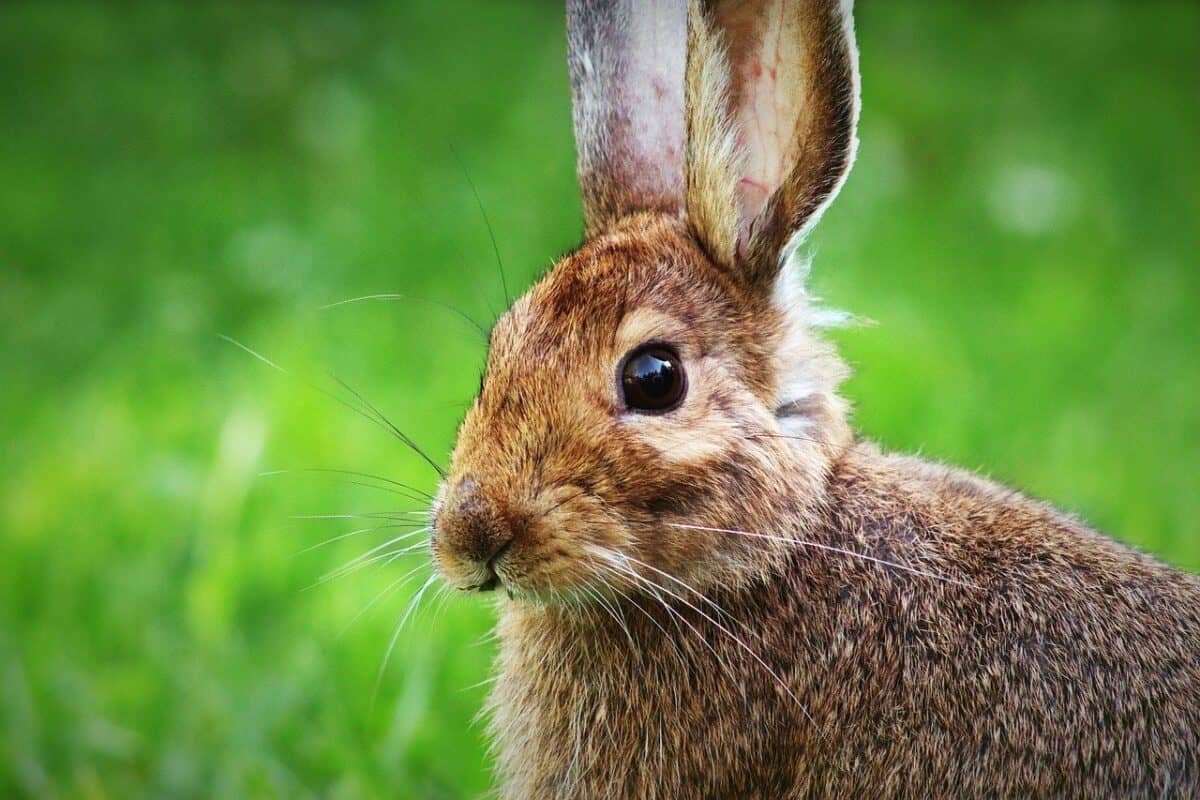
Famed for its role in fables, the hare lives up to its legend with remarkable speed. Capable of short bursts up to 45 mph (72 km/h), hares utilize their powerful hind legs to zip through fields and forests. This agility helps them escape various predators and navigate their environments with ease.
Greyhound

Greyhounds are renowned in the racing world for a reason. These dogs can sprint up to 45 mph (72 km/h), making them one of the fastest dog breeds. Their aerodynamic bodies, deep chests, and muscular limbs contribute to their swift running abilities, often used historically in coursing and racing events.
Kangaroo
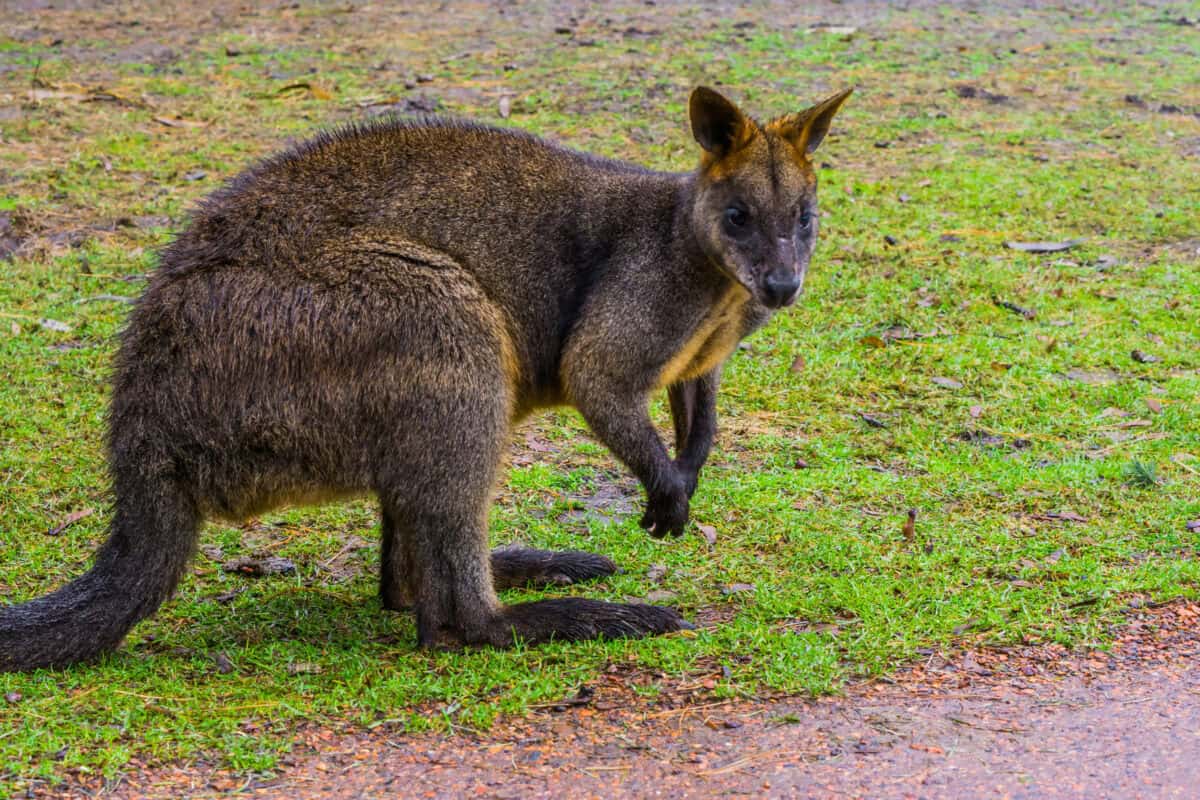
Kangaroos might not be the first animals you think of when it comes to speed, but these marsupials are incredibly fast. Using powerful hind legs, kangaroos travel in leaps and bounds that can reach speeds up to 43 mph (69 km/h). Their unique form of movement helps them cover ground swiftly while conserving energy.
Blackbuck
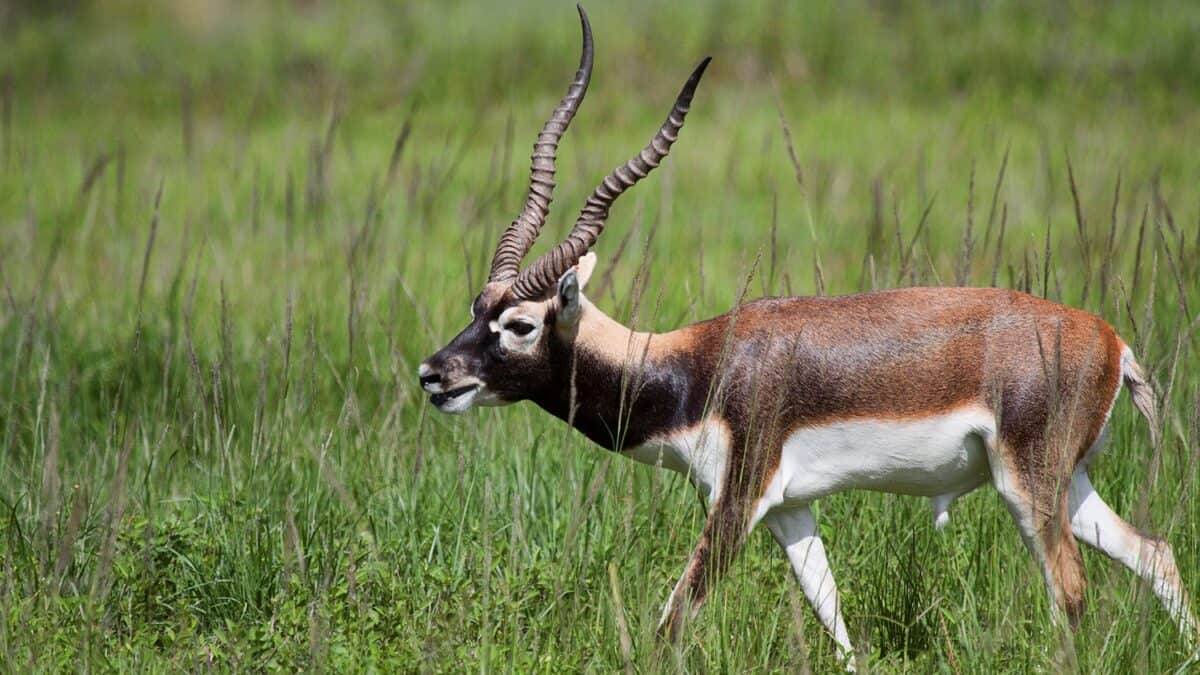
Native to the Indian subcontinent, the blackbuck is a striking antelope known for its impressive speed. It can reach velocities of 50 mph (80 km/h). This speed, combined with agile turns, allows blackbucks to evade predators in open grasslands with remarkable efficiency.
Springbok

The athletic springbok is another antelope with notable speed, capable of reaching 60 mph (97 km/h). Found in Southern Africa, the springbok’s name is derived from its ability to leap into the air mid-run, a behavior known as “pronking,” which may confuse predators and demonstrate fitness during mating seasons.
Albatross
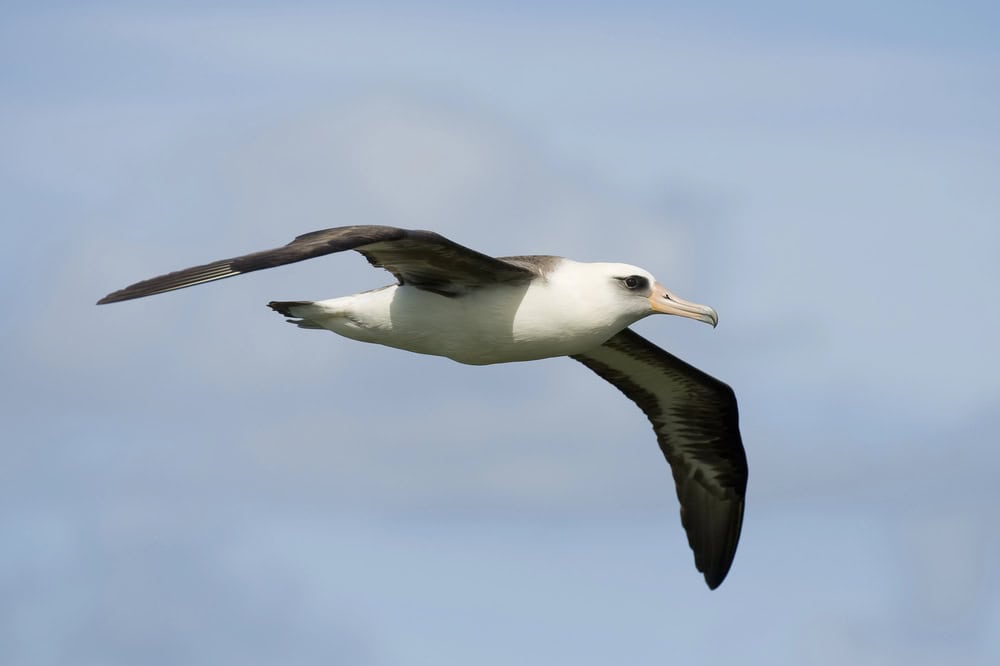
Primarily recognized for their flying prowess, particularly for long distances, albatrosses are also adept on land. Although not runners in the traditional sense, they demonstrate surprising ground speed when taking off or when defending territory, reducing wind’s impact on land-based movement significantly.
Wildebeest
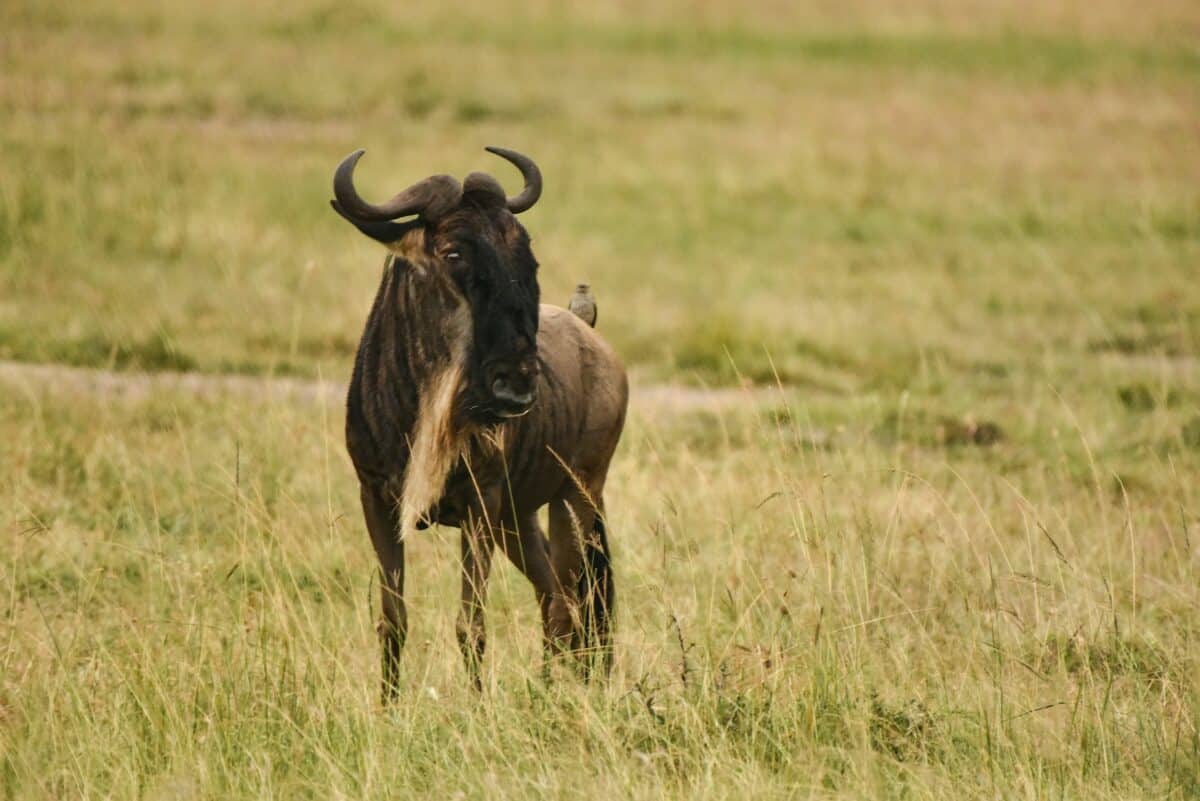
The iconic wildebeest, a staple of African plains, is capable of running at speeds up to 50 mph (80 km/h). These powerful herd animals rely on speed for survival, particularly during migration and when avoiding predators such as lions and hyenas.
Common Impala
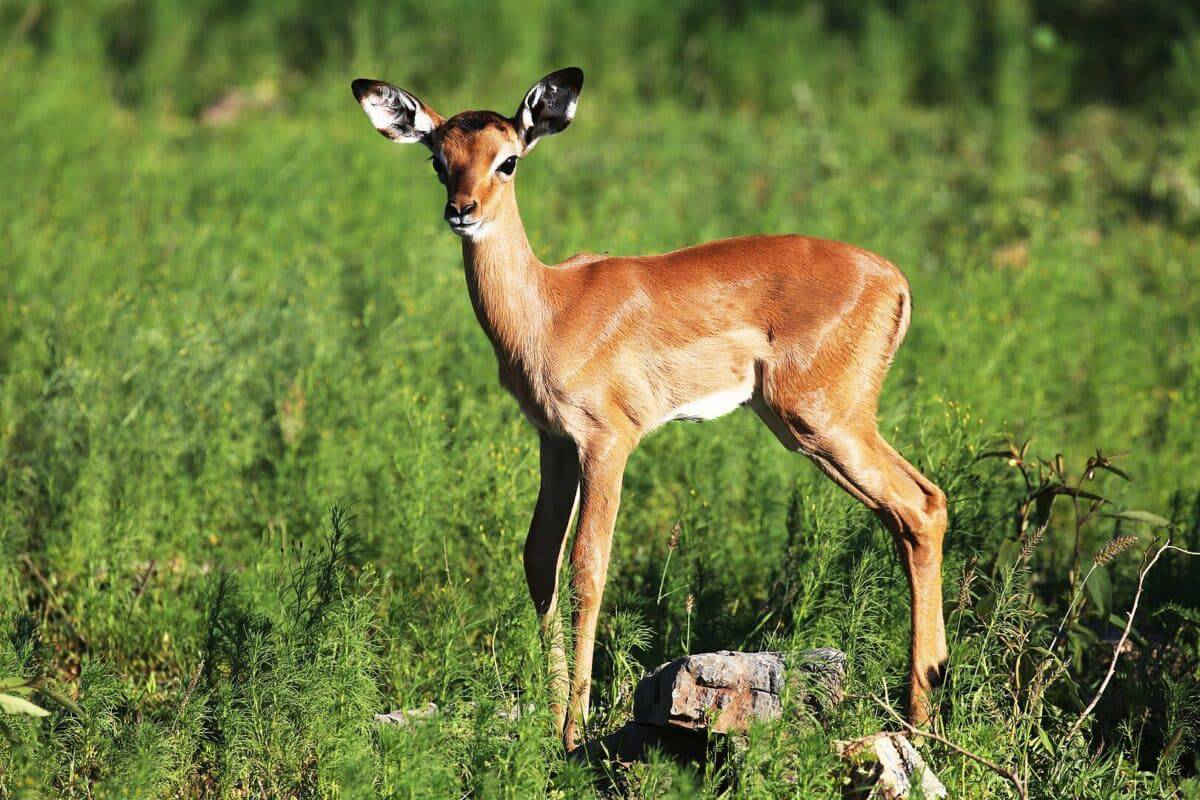
Often seen leaping gracefully through African savannas, the common impala can run at speeds of 48 mph (77 km/h). The impala’s ability to execute swift, high leaps up to 10 feet in the air allows it not only to evade predators but also swiftly navigate through the underbrush.
Conclusion

Nature has equipped these animals with remarkable speed, each adapted to their unique environments. While humans may excel in endurance and technological aids like vehicles for transportation, many creatures in the animal kingdom effortlessly outpace us in a sprint. Understanding their speed offers insights into their behaviors, survival tactics, and evolutionary paths, showcasing nature’s incredible diversity and adaptability.
- The Secretary Bird A Raptor That Hunts on Foot - August 9, 2025
- 10 Dog Breed Restrictions That Stir Controversy in U.S. States - August 9, 2025
- 13 Animals That Outsmart Their Predators - August 9, 2025

